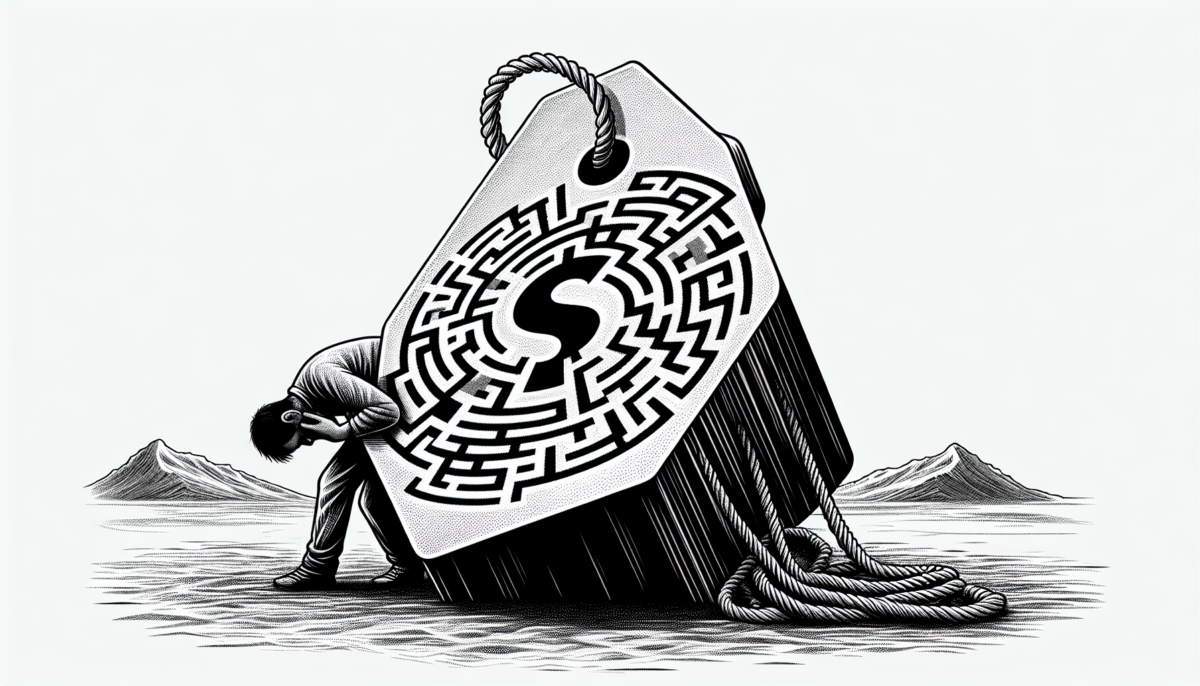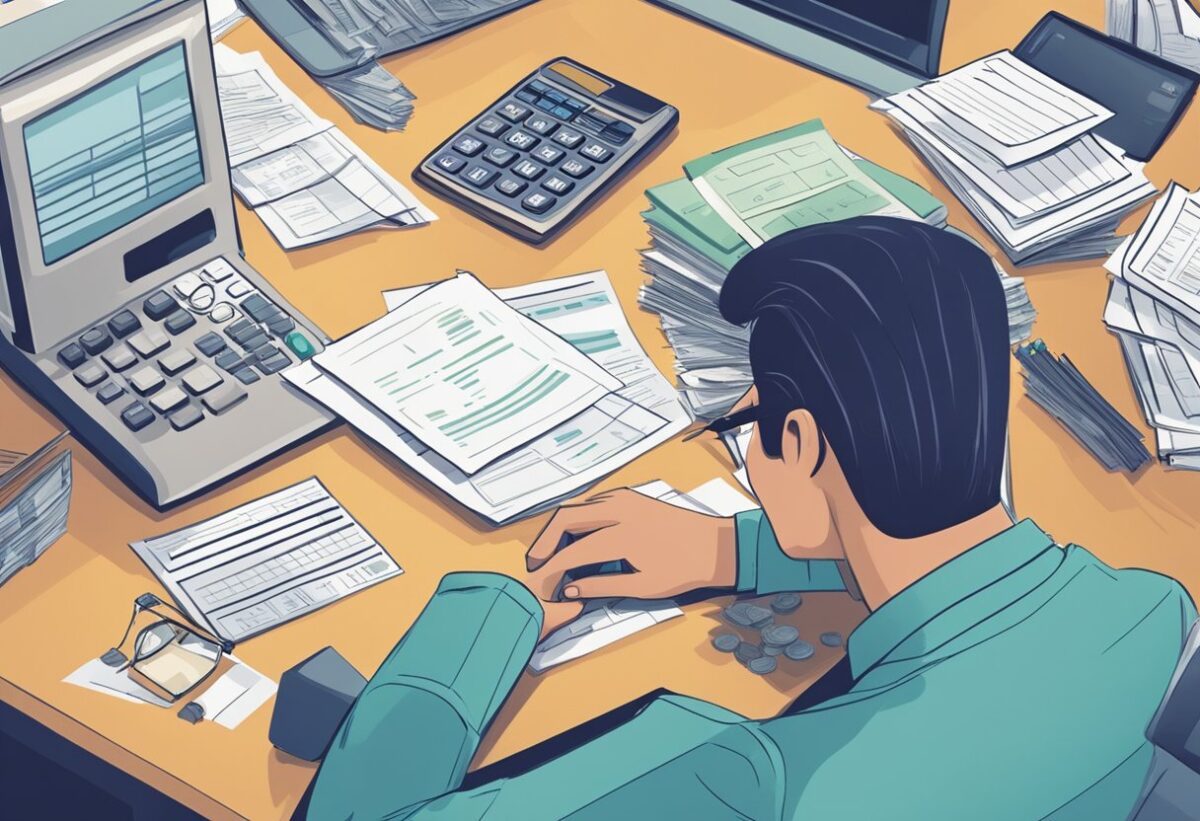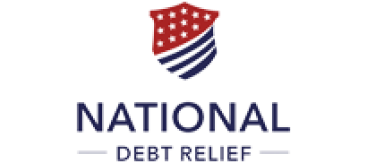Understanding How Does Debt Relief Work: A Clear Guide
Real Comparisons Editor Team
on
July 19, 2024
If you’re weighed down by debt, understanding “how does debt relief work” could be your first step towards financial freedom. Debt relief offers various options to reduce or restructure your debts, from negotiating with creditors to consolidating payments. This article explores the mechanisms of debt relief programs, what they mean for your finances, and their potential impact on your credit score, without promising miraculous fixes or ignoring possible risks.
Key Takeaways
- Debt relief options include bankruptcy, debt management plans, and negotiations with creditors, aimed to make debt payments more manageable and guide individuals towards financial freedom.
- Utilizing debt relief companies can lead to negotiations of debt settlements, consolidation of multiple debts into a single loan, and crafting of personalized Debt Management Plans (DMPs), but each strategy comes with its own risks and costs, including potential negative impacts on credit scores.
- Despite the potential advantages of debt relief services, consumers must be vigilant against scams, be prepared for possible tax implications on forgiven debts, and maintain financial health by budgeting and seeking advice post-debt relief.
Demystifying Debt Relief: An Overview
Debt relief: you’ve probably heard of it, but what exactly does it mean? Think of it as a lifeline thrown to those drowning in debt. These solutions are intended to help you manage your debt payments better and work towards becoming debt-free in the long run. These solutions come in various forms, including bankruptcy, debt management plans, and negotiations with creditors. The ultimate goal? To make your debt more bearable if you’re struggling to repay what you owe.
But when should you consider debt relief? If you’re finding it unfeasible to repay your unsecured debt within five years, or if your unsecured debt equals half or more of your gross income, it might be time to explore these options. Yes, it might seem daunting, but with the right strategy and guidance, you can navigate the stormy seas of debt and reach the calm waters of financial stability.
The Mechanics of Debt Relief Companies
Time to examine closer the workings of debt relief companies. These entities are for-profit businesses that offer a raft of services, such as:
- Debt consolidation
- Debt settlement
- Credit counseling
- Debt management
These services are designed to help you manage and pay down your debts. Debt relief companies act as a negotiator between you and your creditors, striving to lower the amount to be paid and facilitate settlements for less than the full amount owed.
They might even arrange for single monthly payments, manage those funds, and use them to pay your creditors after subtracting their fees, which can range from 20% to 25% of the settled debt.
Negotiating Reduced Balances
One of the key services offered by debt settlement companies is negotiation. The aim here is to reduce the total amount of debt you owe by bargaining with your creditors. The strategy? A debt settlement company typically advises you to stop paying your debts, redirecting those funds into an account to build up a lump sum. It seems perfect, doesn’t it? However, comprehending potential pitfalls before diving in is essential.
Ceasing payments, or in other words, to stop making debt payments, as part of the debt settlement process can lead to increased debt from late fees and accrued interest. Worse, it can also put you at risk of legal action from creditors. It’s a bit like being stuck between a rock and a hard place. With a lucid grasp of these hazards and a suitable debt relief strategy, these perilous waters can be navigated successfully.
Streamlining Payments Through Consolidation
Another strategy employed by debt relief companies is debt consolidation. Imagine being in a boat, struggling to paddle against multiple currents of debt, including credit card debt. Debt consolidation is like combining all those currents into a single stream, allowing you to navigate more easily. This can be achieved either through a debt consolidation loan or by using a balance transfer credit card.
But is this strategy right for everyone? Not necessarily. Debt consolidation is most beneficial for those with a steady income and a good credit score. It’s like having a dependable engine in your boat to steer through the lone stream of debt. Without it, you might find yourself struggling against the current again.
Crafting Custom Debt Management Plans
Now, our focus shifts to Debt Management Plans (DMPs). These are structured plans that aim to pay off unsecured debts in full by restructuring your payment terms, including reducing interest rates or waiving fees. It’s a bit like having a tailored map to navigate your way out of the sea of debt. And who provides these maps? Credit counseling agencies, which offer a range of services including budget assistance, money management advice, and help in creating a DMP.
These agencies develop personalized DMPs by conducting one-on-one consultations, reviewing your finances, and negotiating with your creditors to lower interest rates and monthly payments. Nonetheless, guaranteeing that your overall monthly DMP payment is affordable is vital, and keep in mind that missed payments can result in being expelled from the plan, potentially losing the benefits negotiated. So, while a DMP is like a tailored map, you still need to make sure you have the resources to reach your destination.
Evaluating the Impact on Credit Scores
Now, we focus on a frequently disregarded but incredibly significant aspect of debt relief: its impact on your credit score, or how debt relief affect your financial standing. Various debt relief strategies can have different effects on your credit score. For example, debt settlement can reduce the amount you owe, but it often encourages individuals to stop making payments, which could lead to settled accounts appearing on your credit reports and potentially causing a significant hit to your credit score.
On the other hand, while debt consolidation can lower interest rates and simplify payments, it’s crucial to consider its total costs, including the potential for a credit score impact. Similarly, closing accounts as part of a debt management plan can adversely affect credit scores, although completing the plan permits the individual to apply for new credit. It’s a bit like navigating through a storm; understanding the potential effects on your credit score can help you keep your financial boat steady.
Debt Relief Strategies: Which One Fits Your Needs?
Having unpacked the workings of debt relief, it’s time to discover the strategy that best aligns with your needs. There are various types of debt relief strategies available, from debt settlement and management plans to debt reduction methods like the debt avalanche or debt snowball. The choice depends on your specific financial situation, your ability to pay off debt, and your credit status.
Think of it like choosing the right navigation tools for your journey out of the sea of debt.
Choosing Between Settlement and Management
The decision between a debt management plan and debt settlement depends on your unique financial situation, your capacity to repay debt, and your credit standing. Debt Management Plans may lead to a moderate immediate impact on credit scores and typically have a minimal long-term impact on credit history. So, if you’re looking for a strategy that has minimal impact on your credit history, a DMP might be the right choice.
On the other hand, debt settlement could be a risky option since there’s no guarantee creditors will accept a settlement, which could result in increased debt and a damaged credit score. It’s a bit like embarking on a risky sea voyage; the potential rewards could be huge, but so could the risks.
Is Consolidating Debt the Right Move?
You might also be contemplating if debt consolidation is the suitable course of action for you. As mentioned earlier, debt consolidation involves combining multiple high-interest debts into a single loan with a lower interest rate, which can result in cost savings. Additionally, consolidating debt can lead to an improved credit score by reducing credit utilization, a key factor that influences 30% of the FICO score.
However, it’s important to note that the process of debt consolidation may trigger a slight fluctuation in credit scores initially, but it typically has a minimal effect on credit in the long term. So, it’s like navigating through choppy waters; there might be some turbulence at first, but the journey generally smooths out over time.
Recognizing and Avoiding Debt Relief Scams
Like any financial service, being on guard against scams during the quest for debt relief is vital. Look out for unsolicited debt elimination services and companies that guarantee unlikely outcomes or charge fees before settling your debt; these are warning signs of potential scams. Also, be wary of any debt consolidation offer that claims ‘low or no interest’ or ‘guaranteed loans’ as these could be deceptive and lead to unfavorable financial outcomes.
Before agreeing to work with any debt relief service, confirm that the service is legitimate by checking with the state attorney general’s office and the Better Business Bureau. Also, verify the legitimacy and accreditation of credit counselors or debt relief services through consumer protection groups such as the Office of the Consumer Credit Commissioner, National Foundation for Credit Counseling, or the Financial Counseling Association of America. Consulting a credit counselor can be a valuable step in this process. It’s a bit like checking the weather before setting sail; taking these precautions can help you avoid getting caught in a storm of scams.
The Real Cost of Seeking Debt Relief
Although debt relief can provide an exit path from the sea of debt, being cognizant of the costs associated is crucial. Here are some costs to consider:
- Debt settlement programs often come with high fees, typically ranging from 15% to 25% of the total debt amount.
- Debt management plans from credit counseling agencies may include a set-up charge and a monthly fee.
- Debt consolidation loans from certain lenders may come with origination or additional fees.
It is important to carefully review the terms and conditions before committing to any loan.
Moreover, when at least $600 of debt is forgiven, a tax form, Form 1099-C, Cancellation of Debt, may be issued by the lender, which indicates the need to report this amount as taxable income. It’s a bit like being aware of the costs of a sea voyage; understanding these costs can help you ensure you have the necessary resources to reach your destination.
Preparing for Potential Tax Implications
Similar to how a successful voyage necessitates preparedness for the unexpected, seeking debt relief also requires strategizing for potential tax implications. The Internal Revenue Service considers forgiven debt as income; thus, amounts of $600 or more may be subject to income taxes. The tax rate applied to forgiven debt generally aligns with the individual’s income tax bracket, leading to additional taxes proportional to the forgiven amount.
However, there are exceptions to these tax liabilities. Debts discharged due to:
- bankruptcy
- certain forgiven student loans
- cases of insolvency
- gifts
are exempt from taxes. Also, debt relief strategies, particularly debt settlements that result in forgiven debt, can have significant implications for financial planning due to the potential tax liabilities incurred. Hence, preparing for these potential tax implications is like preparing for possible storms during a sea voyage; it helps you navigate smoothly despite the challenges.
Navigating Creditors and Collection Practices
Steering through the rough waters of debt frequently entails managing creditors and collection practices. But did you know that the Fair Debt Collection Practices Act (FDCPA) regulates debt collectors and places limits on their contact methods while prohibiting abusive conduct? You can also stop collectors from contacting you by providing written notice, thus exercising your rights under the FDCPA.
However, it’s crucial to keep detailed records of all communications with debt collectors to safeguard your legal interests. Also, be aware that there’s a statute of limitations for debt collection, but collectors can still try to collect debts past this period without a lawsuit. And beware of sharing personal financial information with debt collectors to avoid unexpected account garnishments. It’s like having a compass and a map while navigating; these precautions can help you steer clear of potential pitfalls.
Life After Debt Relief: Maintaining Financial Health
So, you’ve weathered the tempestuous seas of debt and arrived at the tranquil waters of financial stability. What next? The journey doesn’t end with debt relief. Maintaining financial health post-debt relief involves evaluating monthly spending habits and identifying areas to cut back. It’s about allocating additional budget to pay off debts faster by minimizing expenses.
Creating and sticking to a budget, establishing an emergency fund, and seeking credit counseling advice are recommended practices to avoid falling back into debt. Prioritizing the repayment of high-interest debts can significantly reduce overall interest costs and contribute to restoring a healthy credit score. Regularly reviewing one’s credit report can also help in monitoring progress. Ensuring consistent payment of obligations such as:
- mortgages
- rent
- utilities
- student loans
- taxes
By taking the necessary precautions, you could prevent severe penalties, including those that may last up to seven years.
And don’t forget to seek help when needed. Resources like CreditSmart Essentials by Freddie Mac and organizations like GreenPath Financial Wellness can offer valuable guidance to keep your financial ship sailing smoothly.
Summary
From understanding what debt relief is to learning how to navigate creditors and collection practices, we’ve navigated the vast sea of debt relief strategies. We’ve learned that debt relief isn’t a one-size-fits-all solution, but a tailored approach based on an individual’s specific financial situation. And while the journey might be fraught with challenges, from potential tax implications to the impact on credit scores, with the right tools and guidance, it’s a journey that can lead to the calm shores of financial stability. So, take the helm, set your course, and remember, every journey begins with a single step.






